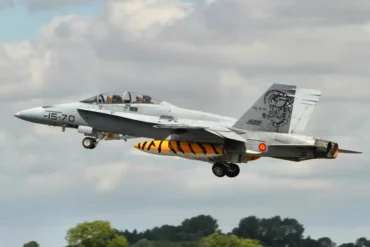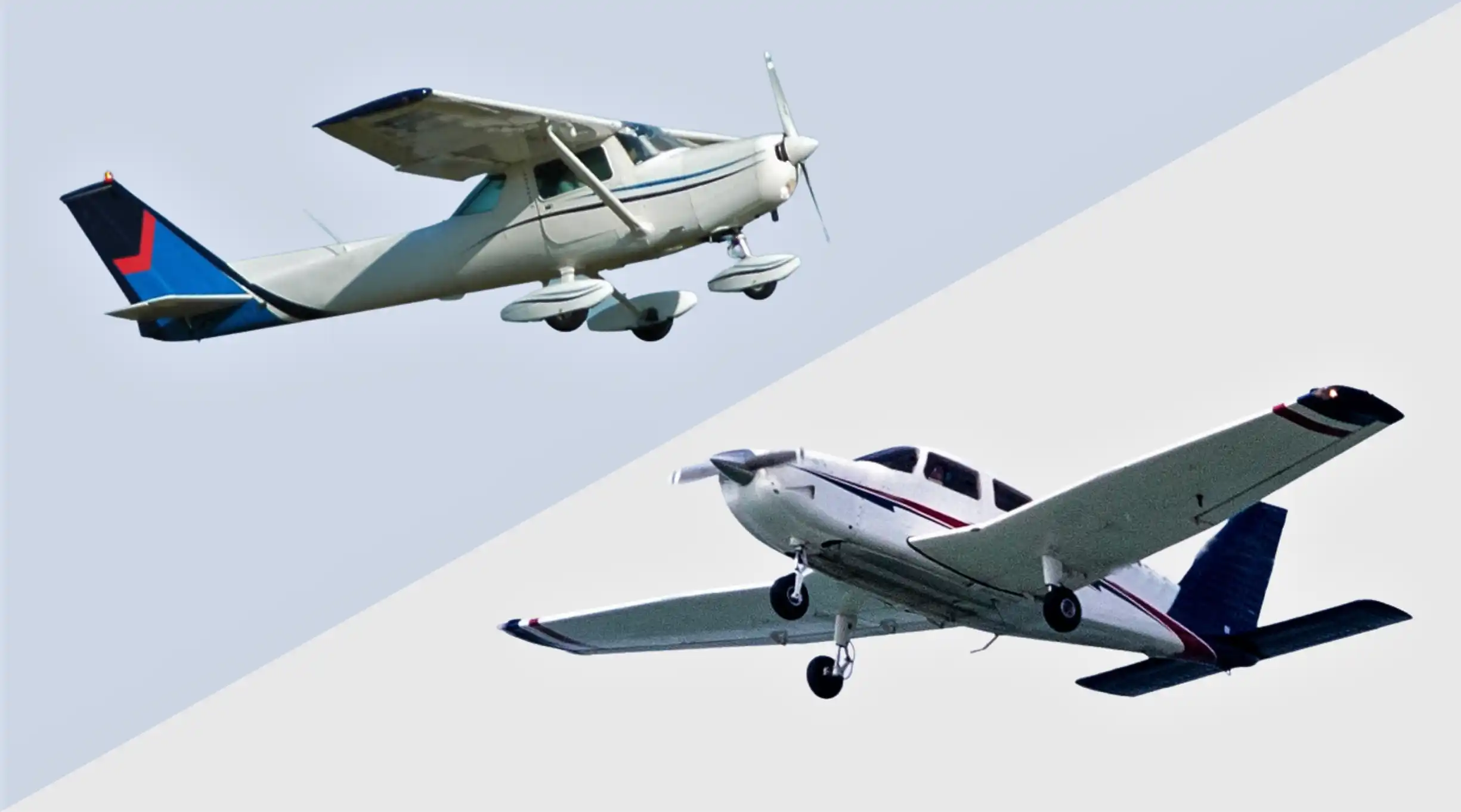Altitude, which refers to vertical distance, has a complex meaning in aviation. To understand altitude when it comes to flying, it’s key to know the different types and how they are measured. This article explains the five kinds of aviation altitude in a straightforward way.
Indicated Altitude
The most basic type is indicated altitude. This is the reading you see on an aircraft’s altimeter. The altimeter measures air pressure at the flight altitude and compares it to the pressure value set by the pilot. If the pilot fails to adjust for pressure changes during the flight, the altimeter reading will be inaccurate.
Absolute Altitude
Absolute altitude is the actual height above the ground, stated as “feet above ground level.” It’s typically measured by a radar altimeter, which calculates the time it takes for radar signals to travel to the ground and bounce back to the aircraft. While larger aircraft tend to use absolute altitude, weather reports often describe cloud cover in feet above ground level for better understanding.
True Altitude
When we talk about true altitude, we mean an aircraft’s height above sea level, expressed in “feet above mean sea level.” To ensure consistency, an average sea level is used since actual sea level varies. True altitude is commonly used in area forecasts when reporting cloud height. VFR sectional charts also express terrain elevations and minimum safe altitudes in feet above mean sea level.
Density Altitude
For pilots flying in warmer climates or high elevations, understanding density altitude is crucial. This measurement adjusts pressure altitude to account for temperatures that differ from standard. In colder weather, the denser air leads to a lower density altitude, increasing wing lift and engine power. But in warmer weather or at higher elevations, the thinner air raises density altitude, potentially impacting an aircraft’s performance. Pilots must be cautious when planning flights on hot, humid days and compensate for the decreased density altitude to ensure safe takeoffs and landings.
Pressure Altitude
A key metric for aircraft above 18,000 feet, pressure altitude refers to the height above a standard datum plane. Altimeters set to 29.92 establish a standard reference point. Pressure altitude plays an important role in flight planning calculations, influencing factors like takeoff and landing distances. Understanding and applying pressure altitude is essential for pilots navigating high-altitude flight.


















